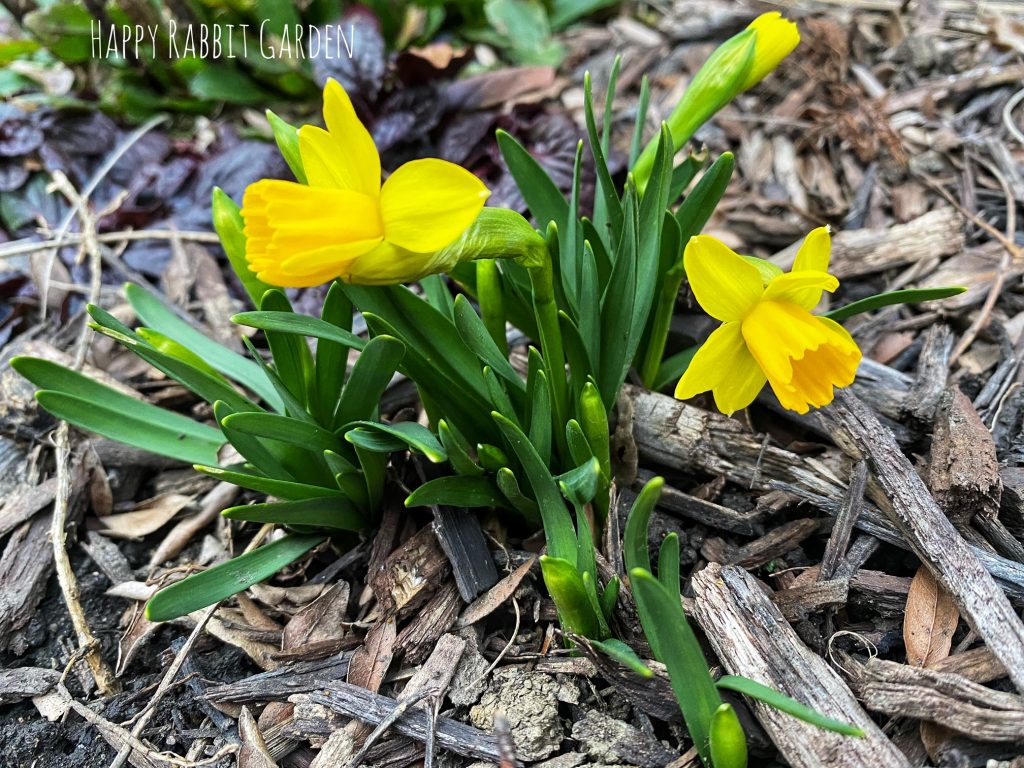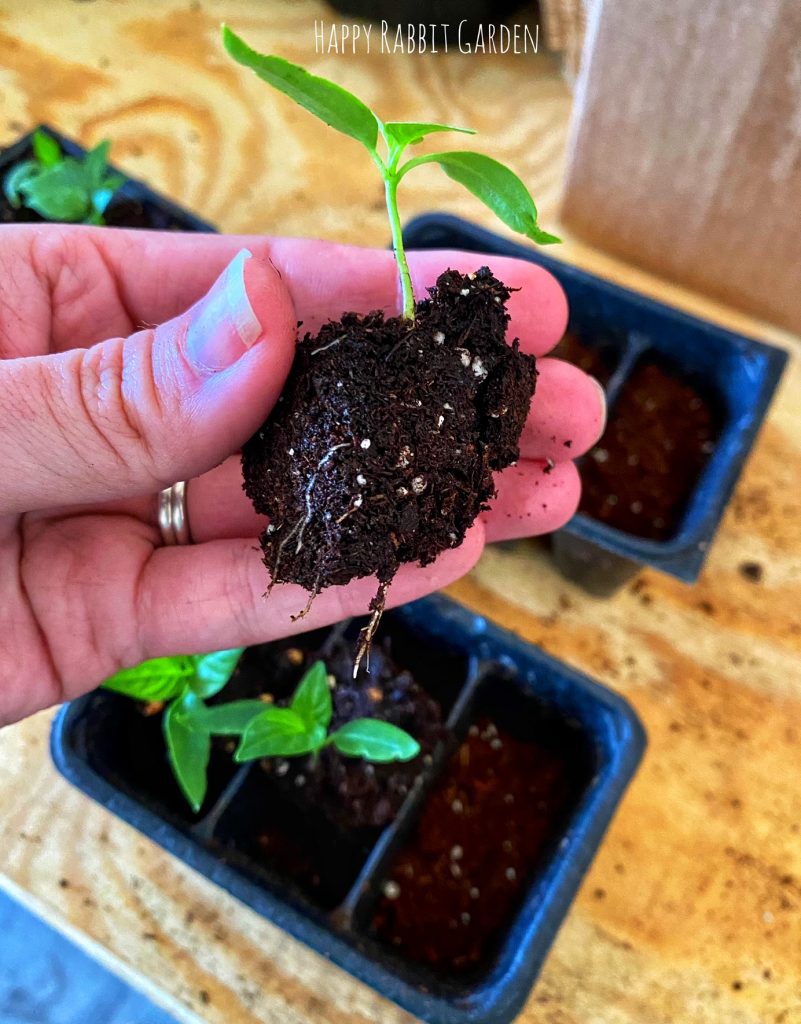It’s officially springtime now, which means I spent the weekend bouncing around outside looking for gardening projects and giving any newly-awakened perennials Bambi Eyes.

The first of the daffodils
There’s quite a lot popping up now, from my beloved peonies to the columbines and daisies. Our daffodils are beginning to bloom, and a few of the trees, like the cottonwoods, are beginning to bud. The grass is starting to grow again, too, getting its green color back.
I tackled quite a few projects over the weekend. The rogue strawberries that somehow charged through winter unscathed were transplanted into a pot on the deck. I cleaned up the garlic pots. The rock garden bed out front was weeded. I planted some bibb lettuce and sorrel in the cold frame, joining the baby lettuce blend that just sprouted there last week. And, I started some passion flower seeds indoors.

The row of raised beds
The husband built two more raised beds for the back yard, and we moved them into place. I’ll set some sheets down inside them this week to kill the grass off, then I need to order a bunch of dirt. We have a compost pile that I’ll empty into the beds, too, so the veggies will have lots of great food in the soil.
Finally, I transplanted the tomatoes and peppers into some larger containers. When you’re growing seedlings, and you start seeing roots peeking out of the bottom of your containers, it’s time to move your plants into larger homes.
It’s a pretty self-explanatory process to transplant your growing seedlings. Just be gentle, taking care not to touch the stems too much. They are very brittle when the plants are tiny, and you can easily damage them. Pot the seedlings up in a larger container, water, and set them back under your grow lights.

The peppers outgrew their first houses just a few weeks after germinating.
Once your plants hit this stage, it’s a great time to start fertilizing them. I use a 10-10-10 fertilizer for all of my seedlings. In fertilizers, you’ll see three numbers listed, which lets you know the percentages of nitrogen, phosphorus, and potassium in the mix. These are the three nutrients that plants need to survive. Things can get complicated pretty quickly in the fertilizer world, and there’s an overwhelming amount of information out there, but choosing a fertilizer with these three nutrients in balance is a safe bet for most of your vegetables as they first start growing.
The weather this weekend was ridiculously nice. We usually start springtime with cold days, and snow is certainly not unheard of in March. It’s been really sunny and warm here lately. The spring wildflowers should be here for us soon, and I’m very excited to see the Virginia Bluebells, Dutchman’s Breeches, Jack-in-the-Pulpits, and Great White Trillium that I planted last year. I’m trying to be patient and not start the rest of my seeds too early, but I am itching to start digging around outside again. Soon!
Hope you have a great week. Happy gardening!
